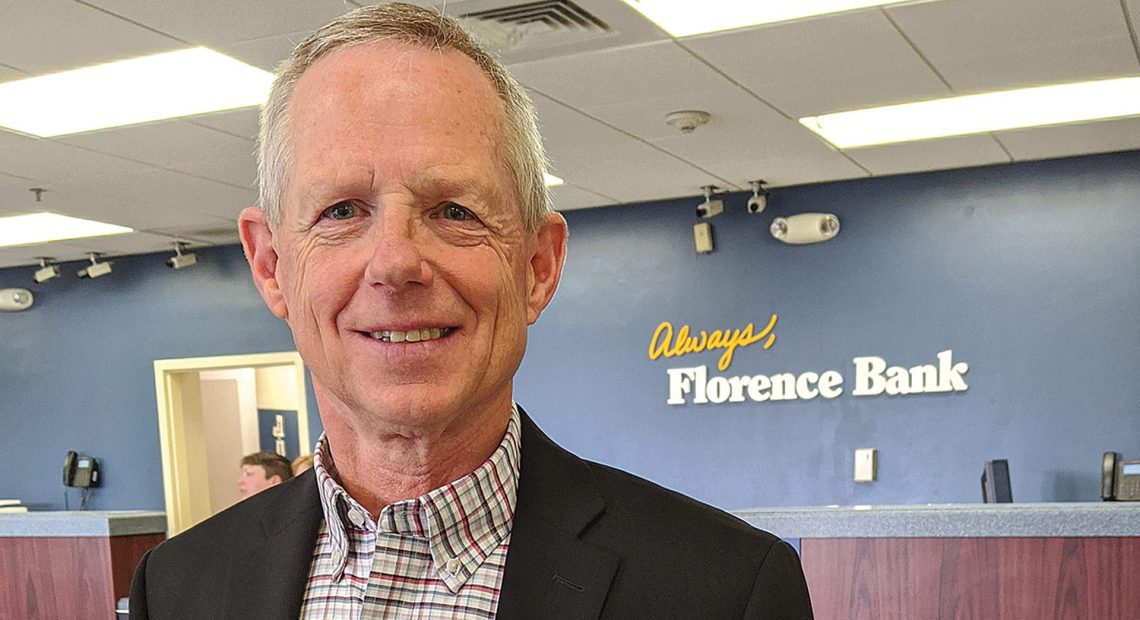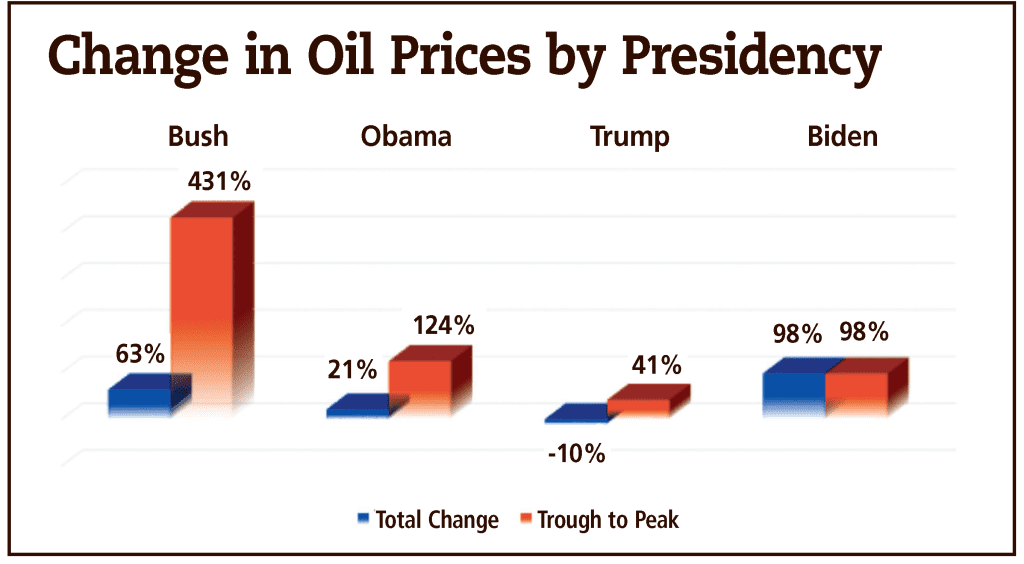Perfect Storm

Inflation ebbs and flows in unpredictable ways. The insurance world is certainly finding that out — and so are customers seeing their auto-insurance bills.
“Auto insurance hasn’t kept up with inflation over the past three to four years, and it’s finally catching up to it,” said Michael Long, CEO of Axia Insurance Services in Springfield, partly explaining why the average premium nationwide rose more than $240 in the past year, according to Bankrate.
There are plenty of other parts to the equation, of course, including the ongoing supply shortages that are generating inflation on everything that goes into cars, from materials to computer chips to labor.
In fact, used-car values in 2022 were 37% higher than they were previously, Long said, meaning insurance carriers that had been paying, say, $20,000 for a totaled car were now paying $30,000. Eventually, that was going to be passed to customers.
Bill Grinnell, managing partner of Webber & Grinnell Insurance, agreed. “A few things are driving automobile prices; one is supply-chain issues and a lack of supply of replacement vehicles and parts, and the increased costs of all that.”
As a result, he went on, “your collision claim that might have cost a couple thousand dollars pre-pandemic is now $3,800. It’s significantly more, and the insurance has kind of trailed that inflation. First the cost of the replacement vehicles and parts go up, and that’s reflected in the financial statement of the insurance company, and they need to react and bring rates up. It’s not a leading edge, but a trailing edge, but there’s an inflationary factor there.”
And it’s not just auto insurance. On the home-insurance side, the cost of building materials has risen sharply over the past few years, and supply shortages and lag times still beset the construction industry. Meanwhile, contractors dealing with those issues and also a workforce crunch aren’t able to take on as many jobs as they’d like.
Bill Grinnell
“The cost to build a home three years ago might have been $175 per square foot, and now it’s $275 per square foot. If you’re insuring a home that was worth 300,000, now it’s $400,000.”
“The combination of those two factors have driven up the cost of repairs, and that’s reflected in increased claim payments. So insurance companies need to adjust their rates to afford these claim payments.”
The other huge factor is the dramatic rise in home values over the past two years, another supply-and-demand metric. “You’re required to insure your house to an educated, calculated measurement of its true replacement value,” Grinnell said. “And the cost to build a home three years ago might have been $175 per square foot, and now it’s $275 per square foot. If you’re insuring a home that was worth 300,000, now it’s $400,000.”
Whatever the reason — and, obviously, there are many — insurance customers are experiencing more pain than usual in their monthly premiums. While there are ways to reduce the hit, the key economic factors influencing those increases will continue to linger, at least in the short term.
Up, Up, and Away
Plymouth Rock Assurance recently created an infographic that showed customers why home and auto rates are rising.
On the home side, it listed a worker shortage (the construction industry is down 200,000 trade workers); supply-chain shortages and delays with everything from asphalt shingles and piping to copper wire and drywall; lumber and other material costs up more than 50%; and increased operating expenses for energy, transportation, storage, and more.
On the auto side, higher costs are related to chip shortages; a technician shortage driving labor costs up about 6%; a shortage of parts in repair shops causing delays, higher demand, and higher repair prices; and a still-low vehicle inventory on many lots, inflating the sticker price of cars — and their replacement value.
Michael Long
“Not all insurance companies are created equally. Whether it’s the way they handle claims, the way they handle billing, the way they handle cancellations after a loss or two losses, all those things need to be discussed with an agent because not all contracts are the same.”
“It’s a challenging time for all of us,” Long said. “When we talk to clients, last year’s rates were up about 15% on the auto side, and we’re expecting another 8.4% this year.”
Some of the cost factors are unexpected — for example, glass replacement. “With glass claims, it used to be a couple hundred to replace a windshield. I’ve seen them as high as $2,400 because of all the information you get from the sensors in the windshield.”
Then there’s driver behavior. Long noted that accidents were up 7% in 2022, and insurance companies have never seen the volume of lawsuits they’re dealing with.
Grinnell agreed. “The results are worse for insurance companies. The severity of accidents is up, and that’s driving up the cost of the insurance, too.”
There are only so many ways for customers to reduce insurance costs, and some of them are common-sense.
“First, don’t have a claim. Drive carefully,” he said. “Claims really impact your premium quickly, so drive safely and don’t have motor-vehicle violations; don’t get a speeding ticket.”
Paying bills on time helps as well, he said. “There are so many hidden factors that none of us understand, even at the agency level, that go into ratemaking these days, but late payments and being consistently behind and getting cancellation notices is a sure way of having your premiums go up. So pay your bill on time and even enroll in automatic bill payment.”
While it’s important to have adequate coverage, Grinnell said people with older cars they might not be driving for much longer may opt out of collision coverage. He did just that with a 12-year-old car he owns but doesn’t drive that much, and it saves him about $450 per year.
Long said he talks to clients all the time about raising their deductibles. “If you currently have a $500 deductible, maybe look at a $1,000 deductible. If its $1,000, maybe $2,500. We’re regularly quoting $2,500 deductibles,” he noted. Meanwhile, “if a tree comes down, and it’s a $500 loss, absorb it, and pay it in full.”
Carriers also offer any number of discounts, from safe-driver and good-student benefits to discounts related to involvement in organizations ranging from the Pan Mass Challenge to the Massachusetts Golf Assoc. “There’s a Red Cross discount; if you contribute $25 to the Red Cross, you get 5% off your insurance. So you’re helping the community and saving money on insurance. Everyone wins with that deal.”
Weather or Not
The home-insurance market has been buffeted by a series of costly weather events, from hurricanes in Louisiana and Texas to tornadoes in the Midwest to fires in California. Insured losses from natural disasters routinely top $100 billion per year these days, and Long said $20 billion of that in 2022 was in auto claims alone.
As noted earlier, the cost of lumber and other building materials (up 33.9% in 2022) and labor (up 27%) are already causing insurance companies to play catch-up, and weather and climate events are just another challenge to deal with.
“It’s been a funny year for homeowners,” Grinnell said. “Property rates were certainly affected across the country due to some of these climate changes and weather patterns, the big windstorm losses.”
He noted one “big freeze” day last year that wound up affecting the region’s home-insurance carriers. “It was one of the biggest lost days on record. Pipes burst, and those are expensive claims. Generally, that’s not helping our region at all.”
Long advises people to be careful when switching carriers due to rising rates because the new carrier might not have made the same inflationary adjustments, and the customer will just have to face that all over again — while possibly losing benefits like accident forgiveness.
“Not all insurance companies are created equally. Whether it’s the way they handle claims, the way they handle billing, the way they handle cancellations after a loss or two losses, all those things need to be discussed with an agent because not all contracts are the same.”
On the other hand, Long said customers should absolutely stay in touch with their agent. “How often do you review insurance with them? Every year is not realistic, but every two to three years, you should be getting a call from your agent: ‘hey, let’s talk about what’s going on, and any new coverages out there.’”
After all, people still need to have enough coverage in case the worst does happen. And with home values what they are now, a total loss could be extra catastrophic if the coverage is not in line with that.
“The biggest investment people have is their dwelling. So, young people may have the time to make up for a disaster, to build equity in their house if they lose it,” Long said. For older homeowners, inadequate coverage for a loss could be a real problem.
The bottom line? Insurance costs money, and even more so this year, as customers should expect premiums to rise another 8% to 10% for both home and auto, Long said.
But when disaster strikes — even a small disaster, like a burst pipe or a sideswiped car — it beats not being covered.


























